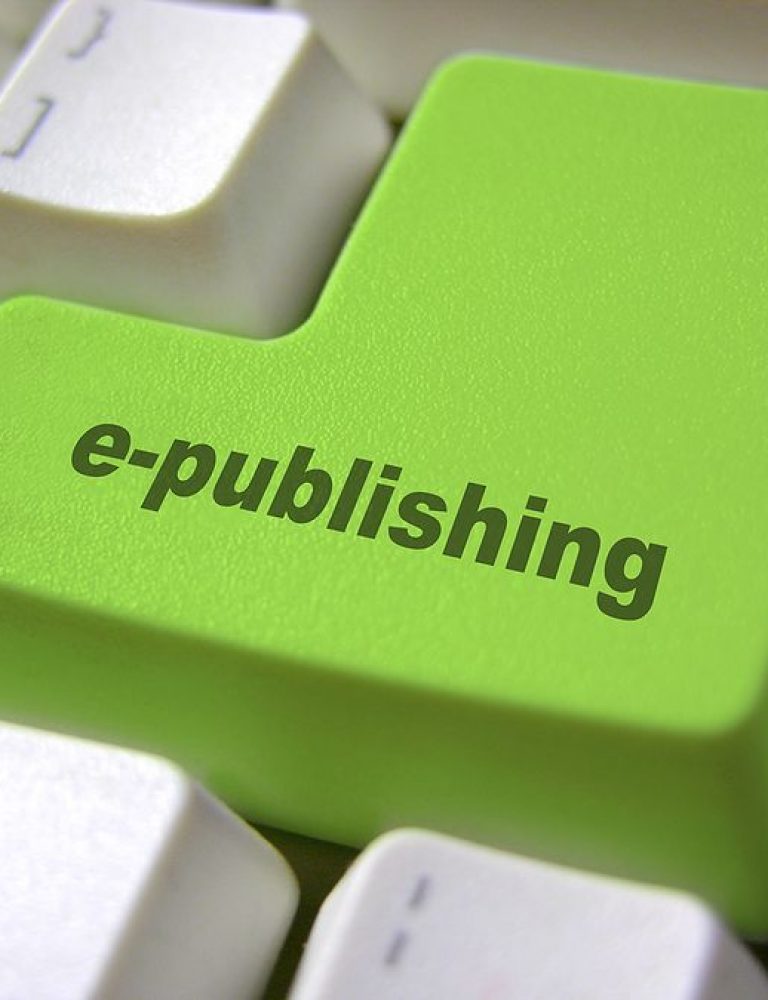As online learning becomes the new norm, especially after the COVID-19 pandemic, the internet has become cluttered with instructional information. When you create teaching materials that have the potential to stand out from the rest, teaching materials licensing ensures you are protected.
For example, when you create interactive, intuitive learning content with KITABOO, a digital textbook platform, and it has one-of-a-kind resources, teaching materials licensing will empower you. Through this article, we aim to help you navigate through acquiring the appropriate licensing.
Table of Contents
What is Teaching Materials Licensing?
Teaching materials licensing is the process through which permission to use intellectual property for teaching is obtained under specific terms. The creator of the original work holds the right to these teaching materials by default.
To allow others to use the resources, one has to “license” them. These terms enabling others to use the original owner’s intellectual property are known as “licensing.” This is done to prevent online piracy or unauthorized use of teaching materials.
Step 0: Prerequisites to Teaching Materials Licensing
Teaching materials licensing might seem complex to many. Before learning about the step-by-step process of licensing out your instructional content (as the licensor) or opting for the license to use someone else’s work (as the licensee), here are a few things you should know.
- Copyright is the right of the original owner over their work that prevents others from using it.
- Attribution means crediting the original author while using the entire content, a quote, an excerpt, or any other multimedia.
- Each element in a work can have a different license. For example, a video used in an eBook might be owned and created by a third party.
- There are different kinds of licenses, and understanding the terms of each is essential.
- Licensing agreements are open to negotiation in most cases. They also do not have to be written in complex legal jargon.
- Educate yourself about copyright laws, read articles by experts, follow the news, and read different licenses. Understand that the licensor and the licensee might be from different countries, but the licensing agreement shall specify which country’s laws shall apply, and that is binding.
A Step-by-Step Guide to Teaching Materials Licensing
Step 1: Set Down Your Objectives
Identifying your objectives behind obtaining a license for teaching materials is a good starting point. Are you going to use the teaching materials for personal use, for an educational institution, to offer a monetizable course online, etc.?
These key questions will help chart the path ahead. If you are a licensor, do the same while developing the teaching materials. Consider whether you want to offer your content for free or monetize it through licensing teaching materials.
Step 2: Begin the Search and Review
As a licensee, look for materials that offer what you need. There are various online educational repositories and publishing platforms that are content-rich. You can also participate in educational forums that freely share resources for pedagogy along with user feedback. Review each license and its terms once you have found all the materials.
Step 3: Understanding and Choosing the Right Licensing Model
Understanding the different license types can aid in preventing potential legal pitfalls. Here are a few different kinds of licenses you need to be well-versed with as a licensor and a licensee:
- All Rights Reserved: This is the conventional license where the owner retains all rights, and without explicit permission, no one can use the whole or part of the content.
- Open Educational Resources (OER): Free to share and collaborate on, these licenses are meant for reuse. These often fall under the Creative Commons License. It allows one to retain, reuse, revise, remix, and redistribute the content.
- Creative Commons: This common license type is further subdivided into different categories:
- CC BY (Attribution): The teaching materials are free to use, even for commercial purposes, with proper attribution.
- CC BY-NC (Attribution-Non-Commercial): All materials are free to use but not for commercial purposes.
- CC BY-SA (Attribution-Share Alike): It follows the terms of CC BY but with the condition that any other work created as a result also follows the CC BY license.
- CC BY-NC-SA (Attribution-Noncommercial-Share Alike): All works under this are free for use for non-commercial purposes, provided the derivative work follows the CC BY-NC license.
- CC BY-ND (Attribution-No-Derivs): This license allows use without any alterations and the proper attribution.
- CC BY-NC-ND (Attribution-Noncommercial-No-derivs): This allows use for only non-commercial purposes, without alterations and the proper attribution.
Public Domain: The most non-restrictive form of teaching materials licensing where all works are free to use, without attribution requirements.
Step 4: Familiarization With the Licensing Agreement
If you are a licensee, go through the entire licensing agreement. These contracts highlight specific conditions and comprehensively list the terms of use. Highlight the words you don’t understand and make notes to ask a legal expert if required. If explicit permission needs to be obtained, raise the request.
If you are a licensor, use online templates to draft the teaching materials licensing agreement. Consult a legal expert if your licensing terms are specific. You can also contact the license owner directly to seek clarification.
Step 5: Acceptance, Attribution and Download
After going through the licensing agreement, remember to respect the terms once you have obtained the license as a licensee. Proceed to download and use the materials for educational purposes and give the necessary attribution in the required format.
Closing Thoughts
This guide aims to facilitate effective and ethical teaching materials licensing for both the licensee and the licensor. It is advisable to ask for a written licensing agreement if the original owner does not provide it. Additionally, some licenses come with a time period and require renewals; keeping track of this can be helpful in the long run.
If you are a publisher or an educational institution wanting to create feature-rich educational content with state-of-the-art features, KITABOO is the one-stop solution. Create, publish, integrate, and distribute digital textbooks with our cloud-based solution.
Contact our expert team now and get started!
To know more, get in touch with us at KITABOO@hurix.com.
Suggested Reads:
Discover How An Ebook Conversion, Publishing & Distribution Platform Can Help You
Kitaboo is a cloud-based content platform to create-publish & securely distribute interactive mobile-ready ebooks.
You May Also Like








